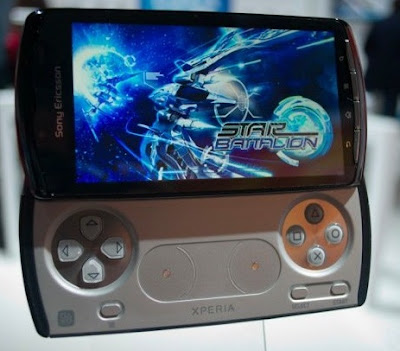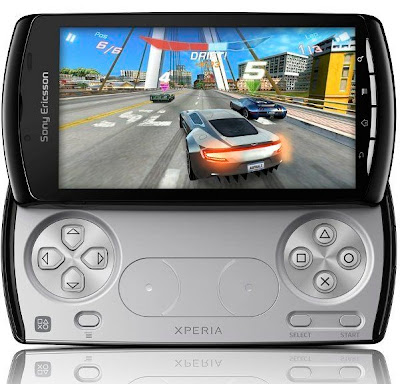This PlayStation Phone. We've had quite the intimate history on this gamepad-equipped slider, learning of its secretive existence sources that are in August and then handling some sort of prototype unit in January, so you'll forgive us for feeling sentimental nonetheless entertaining our pet name for the item. The Sony Ericsson marketing gurus renamed the item the Xperia Play when it finally went official at MWC this holiday season, but the PlayStation connection remains seeing that strong as ever. Aside from this D-pad, iconic game keys, and a couple touchpads, this device comes with a bit app named PlayStation Pocket, which will likely be serving up dollops of classic PlayStation One gaming to every one those with a taste for the item. Yes, the Sony influence is strong on this one, and the Android Market will likely be joining the fun with Xperia Play-optimized post titles from third-party developers. So all we should really know now is whether the Operating system smartphone underpinning this smash-bang fusion connected with old and new school entertainment has become any good. Shall we get Started off?
There's likely little point in us trying to discuss from any of the Xperia Play's external hardware before approaching its literal and figurative centerpiece, this slide-out gamepad. A DualShock attached to your smartphone it's not necessarily, but you already knew that. The important question is how close it pertains to replicating the console experience rather than how well it competes about it. Judged on such terms, the Play acquits itself wonderfully. The digital directional keys are firm that has a satisfying amount of travel and identical goes for the face buttons. Squeezed concerning them, Sony Ericsson also throws in a couple analog pads, which react to your input in in the same fashion as the capacitive touchscreen does -- while using the big difference being that while you make use of the pads you're not obscuring from any of the action on screen. Each pad incorporates a handy indented dot at its core, helping to orient your thumb with no need to look down.
An Android Menu button on the end left is accompanied by Select you need to keys on the right (a minimum of one of these three buttons feels perfunctory since they serve overlapping functions) and there are two shoulder buttons on the lateral side, where you would usually find the L1 and R1 controls within the proper console gamepad. Some among our staff took to calling them flippers, because they're nearer to flaps or paddles in their operations than fully fledged buttons. In precise gameplay, we found them a very little too sensitive, which caused us to activate them unintentionally more than once and fail almost completely when persuaded by one game to press these individuals simultaneously. We succeeded once out of any six or seven tries, such was the capriciousness in their design.
The sliding mechanism responsible for serving the gaming controls is pretty much sleek. It's spring-loaded, meaning you only need to fall it halfway up or down to own required opening or closing action and it also does the rest by itself. Mobility is smooth and consistent, and one-handed operation isn't a problem either. What impressed us most concerning this, though, was its sturdiness. There's no tilt towards handset, the screen just slides perpendicularly, and that's the way it stays on -- perfectly parallel, no matter the violence your attempts to find any structural weaknesses. It's clear to see that Sony Ericsson spent time refining this slider and we're happy to say it lives up to very high standard of durability -- a bare necessity when making a button masher's device along these lines.
Moving to the top half on the slider, we find a volume rocker, nestled craftily concerning the aforementioned shoulder buttons, a electric power key, and the usual four Operating system buttons, arranged in yet another impressive formation. For whatever reason, Sony Ericsson opted to swap your house and Menu buttons' positions up entry, leaving our prototype unit looking desperately obsolete and us wondering why it needed to be done at all. While we've no complaints to proffer around the power and volume keys, we must express our deep discontentment while using the Android set. They're quite spongy, meaning they can absorb many pressure before registering a click, which can lead to an inconsistent and disheartening user experience. Even more troublesome would be the difficulty to differentiate between them by means of touch alone, forcing you to glimpse down, which is then amplified because of the fact they're not backlit. So really, the Xperia Play will give that you whole new reason to be afraid on the dark.



0 comments:
Post a Comment